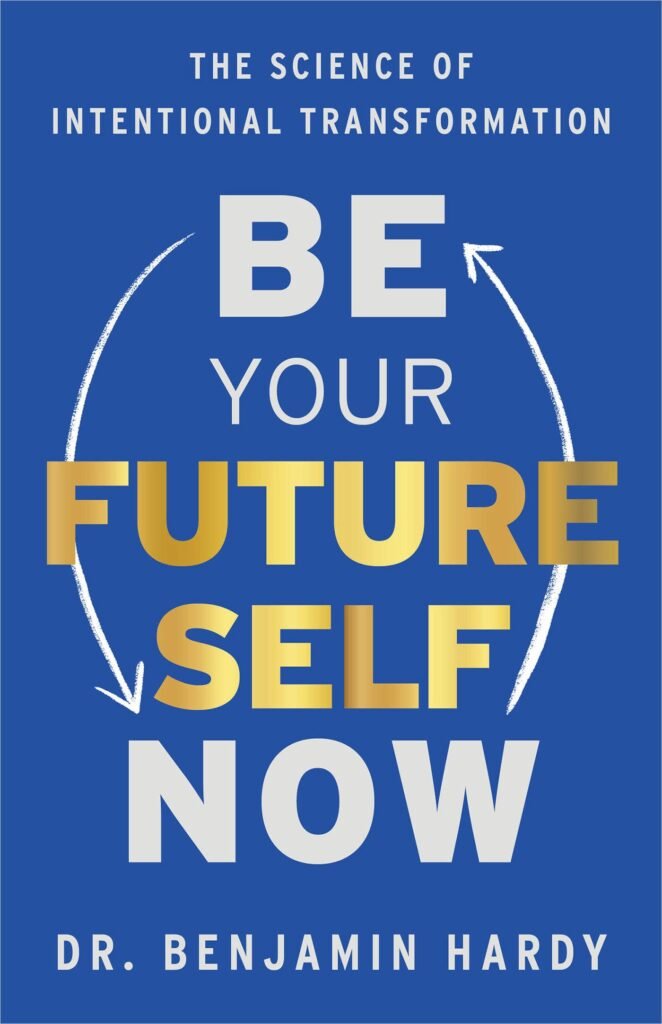Introduction
Hal Harshfield’s “Your Future Self” examines how current decisions shape our lives. The book offers insights into personal development and long-term planning. Harshfield discusses strategies for aligning present actions with future goals. He explores common obstacles to achieving aspirations and provides practical solutions. The author draws from psychology and behavioral science to support his ideas. This review will analyze the book’s main concepts and assess their potential value for readers seeking personal growth. We’ll consider how Harshfield’s approach compares to other self-improvement methods and evaluate its effectiveness.
Book Structure and Content
Harshfield’s “Your Future Self” is organized into three main sections: “The Journey Ahead,” “Turbulence,” and “The Landing.” The first part outlines methods for setting long-term goals. “Turbulence” addresses common challenges in personal growth, offering strategies to overcome them. The final section provides techniques for maintaining progress and adapting plans as needed. Throughout the book, Harshfield uses case studies and research findings to support his ideas. He presents exercises to help readers apply concepts to their own lives. The book aims to bridge the gap between current habits and future aspirations through practical, actionable advice.
Key Concepts
The Journey Ahead: Who Are We As We Travel Through Time
This part of the book explores how our identity changes as we age. Harshfield discusses the importance of recognizing personal development and adapting to new versions of ourselves. He provides tools for self-reflection and goal-setting that account for future growth. The author emphasizes the value of flexibility in long-term planning, acknowledging that our aspirations may shift. Practical exercises help readers track their personal evolution and adjust their goals accordingly. This section lays the groundwork for understanding how present actions influence future outcomes.
Turbulence: Understanding the Mistakes We Make
This chapter examines frequent challenges in personal development. Harshfield identifies several common mistakes, such as setting unrealistic goals, neglecting self-care, and failing to adapt to changing circumstances. He provides strategies for overcoming these hurdles, including techniques for realistic goal-setting and methods for building resilience. The author uses real-life examples to illustrate how these mistakes can impede progress and offers practical solutions. This section aims to help readers recognize and address their own stumbling blocks, emphasizing the importance of learning from setbacks to achieve long-term growth.
The Landing: Solutions for Smoothing the Path
The final chapter offers concrete methods for achieving future goals. Harshfield introduces a four-step process: identify core values, set specific objectives, create action plans, and establish accountability measures. He suggests using visualization techniques and regular progress reviews. The author also addresses how to adjust plans when facing unexpected changes. This section includes a toolkit for maintaining motivation and overcoming procrastination. Harshfield emphasizes the importance of celebrating small wins to sustain momentum. Overall, this chapter provides readers with practical tools to bridge the gap between their current situation and desired future outcomes.
Strengths and Weaknesses
Harshfield effectively combines personal stories, psychological research, and actionable tips. His approach makes complex concepts accessible. The author’s use of relatable examples helps readers connect with the material. For instance, he shares a compelling story about overcoming procrastination that many readers will find familiar.
However, the book occasionally lacks depth when addressing challenging topics. While discussing work-life balance, Harshfield provides general advice without fully exploring the complexities of different career demands. A more thorough examination of such issues could have enhanced the book’s usefulness. Despite this limitation, “Your Future Self” offers valuable insights for personal growth and long-term planning.
Personal Reflections
“Your Future Self” prompted me to reassess my daily routines. After reading Harshfield’s chapter on time management, I realized I was spending too much time on social media, hindering my long-term goals. This led me to implement a new schedule, allocating more time to skill development. The book’s emphasis on visualizing future outcomes helped me clarify my career objectives. I found the exercises on identifying core values particularly useful in aligning my actions with my aspirations. While some concepts were familiar, Harshfield’s practical approach made them more applicable to my life.
Real-Life Applications
Harshfield offers several strategies for personal improvement. His “10-minute rule” suggests dedicating short daily periods to new habits, making changes more manageable. For career planning, he proposes a “future resume” exercise, where readers draft their ideal resume for five years ahead. This helps clarify long-term professional goals. The book also includes a monthly review system to track progress and adjust plans. One reader reported using this system to successfully transition careers, while another applied the habit-stacking technique to improve their fitness routine. These examples demonstrate how Harshfield’s ideas can be applied to various aspects of life.
Conclusion
“Your Future Self” provides practical tools for personal development. Harshfield’s key ideas include setting specific, achievable goals, developing consistent habits, and regularly reassessing progress. The book’s strength lies in its actionable advice, such as the monthly review system and the future resume exercise. While some concepts are familiar, Harshfield presents them in an accessible, structured manner. The book is particularly useful for readers seeking to align their daily actions with long-term objectives. However, those looking for in-depth psychological analysis may find it somewhat superficial. Overall, “Your Future Self” offers a solid framework for personal growth, balancing motivational content with practical strategies.






